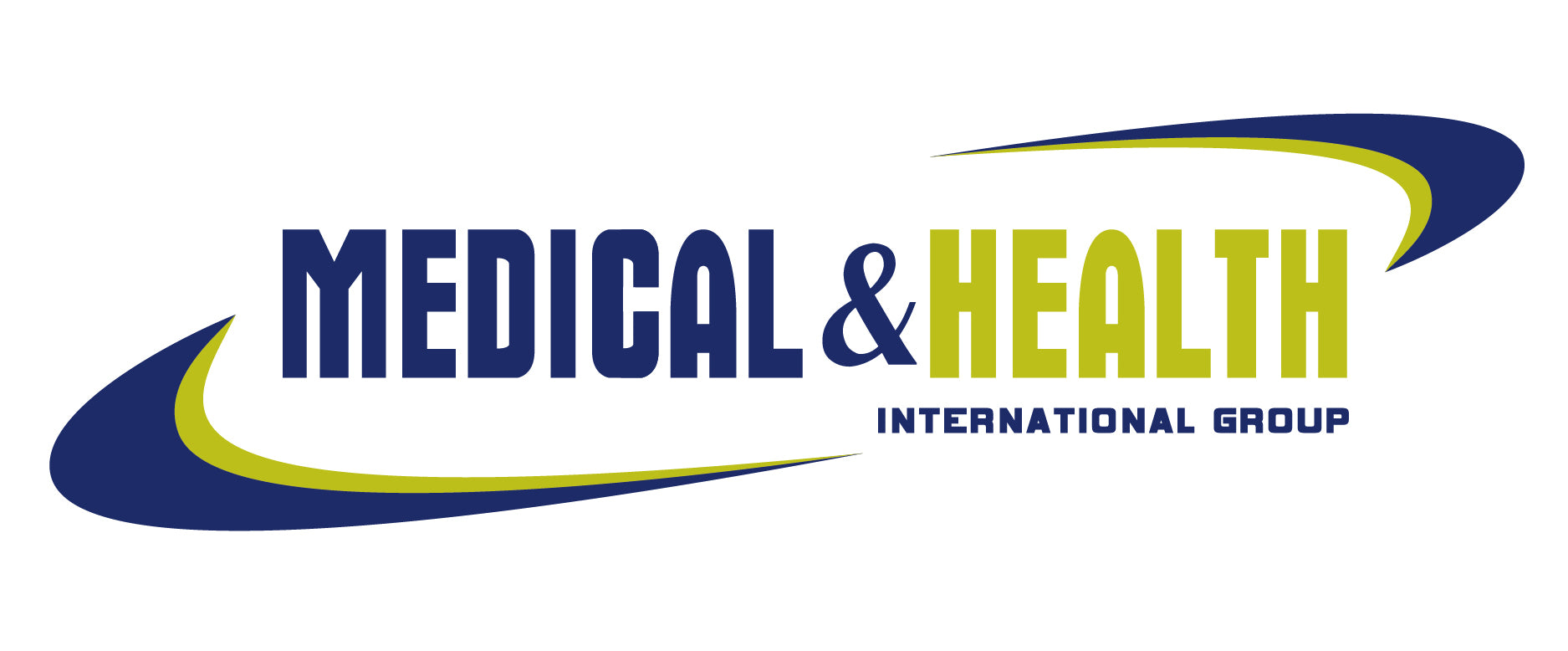
Polyethylene glycol, the English name is Polyethylene Glycol, usually everyone likes to call me PEG. In fact, I have many kinds, because I am a general term for high polymers of ethylene glycol with an average molecular weight of 200 to 8000. As the molecular weight increases, my physical properties also change, from a colorless liquid to a waxy solid to a powder. These changes make me have excellent properties such as water solubility, lubrication, stability, easy miscibility, and low volatility. It can be used as a substrate, auxiliary agent, solvent and carrier. Therefore, I am a multi-disciplinary team that is very powerful in many fields such as food, chemical industry, pesticides, and medicine. Aspects.
1. Application in liquid preparations
PEG with low relative molecular weight is a colorless liquid with safe and stable performance. It can be used as a single solvent or mixed with other solvents as a composite solvent. PEG reduces the sedimentation velocity of particles by increasing the viscosity of the dispersion medium. In addition, the PEG structure also has water-lipophilic groups, which can wrap the dispersed oil phase and prevent aggregation. Therefore, in the preparation process, it can not only improve the solubility of insoluble substances, but also increase the stability of the drug in water, and can also be used as a protective solvent, which is beneficial to the storage of the drug and prolongs the drug effect.
2. Application in ointment, tablet and suppository
Because PEG is non-toxic, non-irritating, not easy to cause skin allergies, it has good water solubility and is easy to clean. In addition, the chemical properties are stable, easy to store and difficult to deteriorate, so by adjusting the molecular weight and type during production and processing, hydrophilic matrices with different hardness can be obtained to be used as ointments. In addition, PEG can also be used in tablet making, as a disintegrant, wetting agent and drying binder to improve the plasticity and drug release ability of the tablet, while increasing the surface gloss and strength. The application of polyethylene glycol as a suppository base has been recorded as early as the 1940s. Studies have found that PEGs with molecular weights such as PEG-4000 and PEG-6000 can be made into bases with different consistency and characteristics by heating and melting in appropriate proportions. , making the suppository intolerant at body temperature, but capable of dissolving and releasing active ingredients in body fluids.
3. Applications in other aspects
In addition to being used as a solvent and carrier matrix, polyethylene glycol is also a broad-spectrum surfactant, which has the functions of emulsification, solubilization, suspension and solubilization, and is an important excipient and plasticizer in the production of formulations. In addition, PEG also plays a huge role in protein modification. PEG-modified protein drugs can prolong the half-life of drugs, reduce immunogenicity, and maximize the retention of biological activity. Not only that, some physicochemical properties and biological characteristics of the modified drug protein have also changed.
